The category should be used for all English posts to allow proper display in the feed on our webpages.
Category: In English
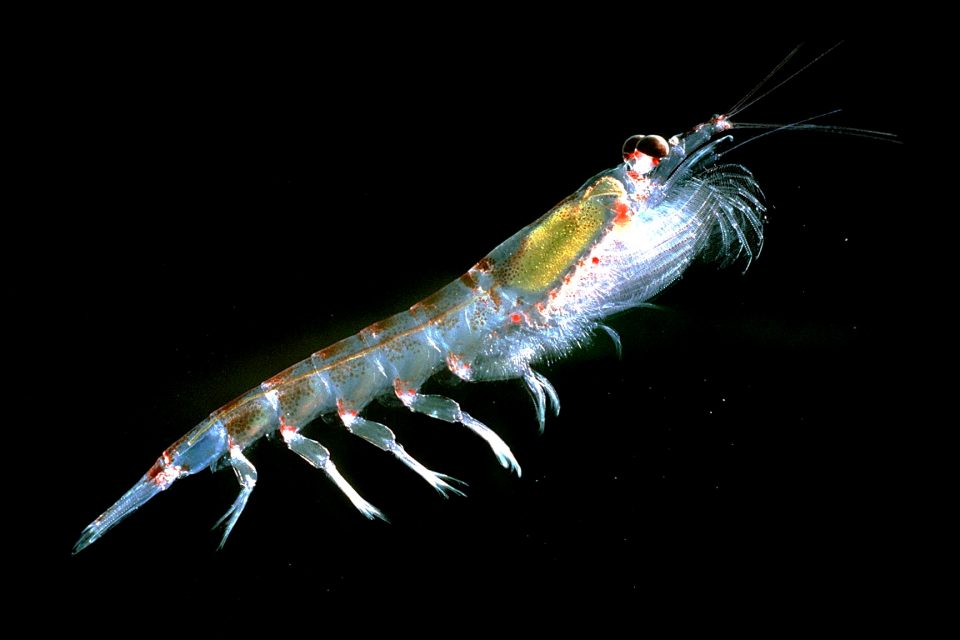
Group of the month, May: The Krill
Featured photo: Euphausia superba, the Antarctic krill. Photo by Professor Dr. habil. Uwe Kils, uploaded to en.wikipedia.org. This file is licensed under the Creative Commons Attribution-Share Alike 3.0 Unported license. https://creativecommons.org/licenses/by-sa/3.0/ Tiny but mighty, krill are among the most abundant animals on Earth and their collective role is […]
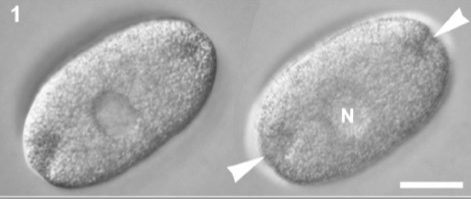
Group of the Month April: Family Rhytidocystidae
Cover image: Rhytidocystis polygordiae from the intestines of a polychaete Polygordius sp. (Scale bar = 15 μm) from Leander & Ramey, 2006. https://doi.org/10.1111/j.1550-7408.2006.00109.x For this month’s group, I’m introducing another group of enigmatic protists, the family Rhytidocystidae. They belong to the phylum Apicomplexa, which is known for many […]
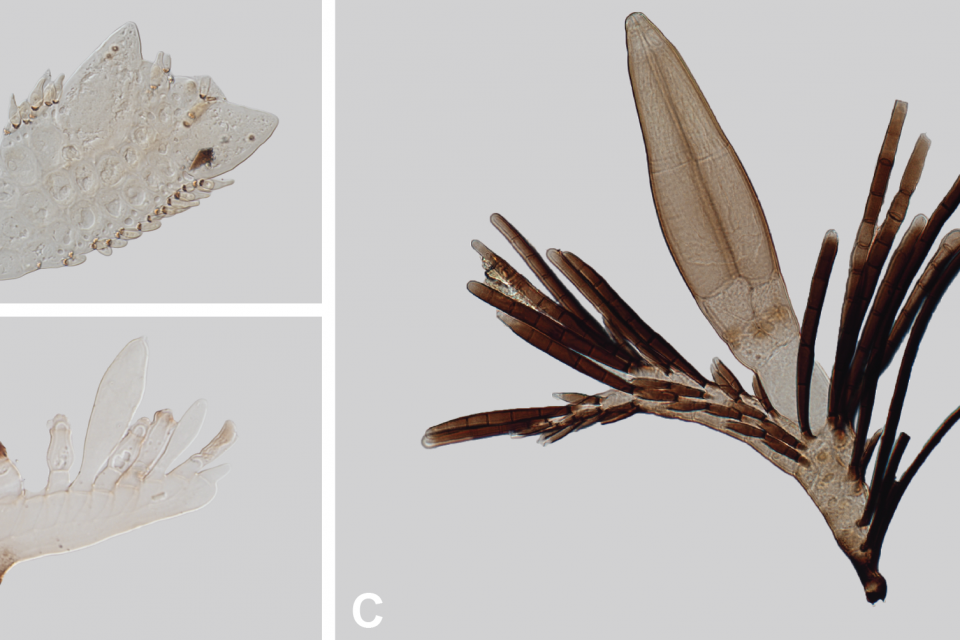
Group of the Month March: Laboulbeniales
Let me introduce you to the Group of the Month for March: A fungus! At this point you are probably thinking to yourself: “Wait a minute, that’s not a fungus. That’s clearly just a beetle…” And for the most part, you’d be right! Let’s zoom in a bit […]

What’s up next for the small animals?
Last week, we published an paper on meiofauna and why it is important to study them and which scientific questions should be addressed next. The paper “Fundamental questions in meiofauna research highlight how small but ubiquitous animals can improve our understanding of Nature” was published in Communications Biology. […]
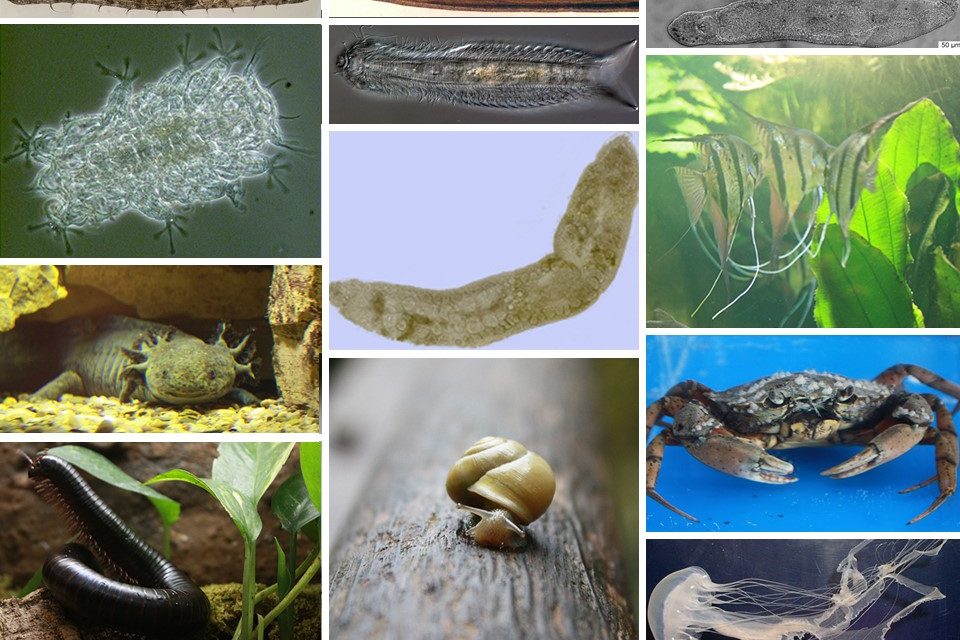
Successfully served the European biodiversity genomic community
The Biodiversity Genomics Europe (BGE) Project is a community-driven effort funded by the EU to establish a framework for coordinating DNA barcoding and genome sequencing across Europe. As part of the genome stream of BGE, reference genomes from species from critical European biodiversity are sequenced. An important task […]

Group of the month: Cycliophora – the ringbearers and the “Norwegian” phylum
This month I will present to you a very small phylum of animals – both in size and in number of species. The phylum Cycliophora, which means the ring-bearer, comprises exactly one genus and two described species. These species are about 350 µm in body length, which is […]

Group of the Month: Tree ferns – an Australian holiday discovery
A visit to the Adelaide Botanic Garden is certainly high up on the to-do list of a biologist visiting the capital of South Australia. In December 2024, a couple of days before the Australian midsummer, I had the pleasure to visit the Adelaide Botanic Garden and explored the […]
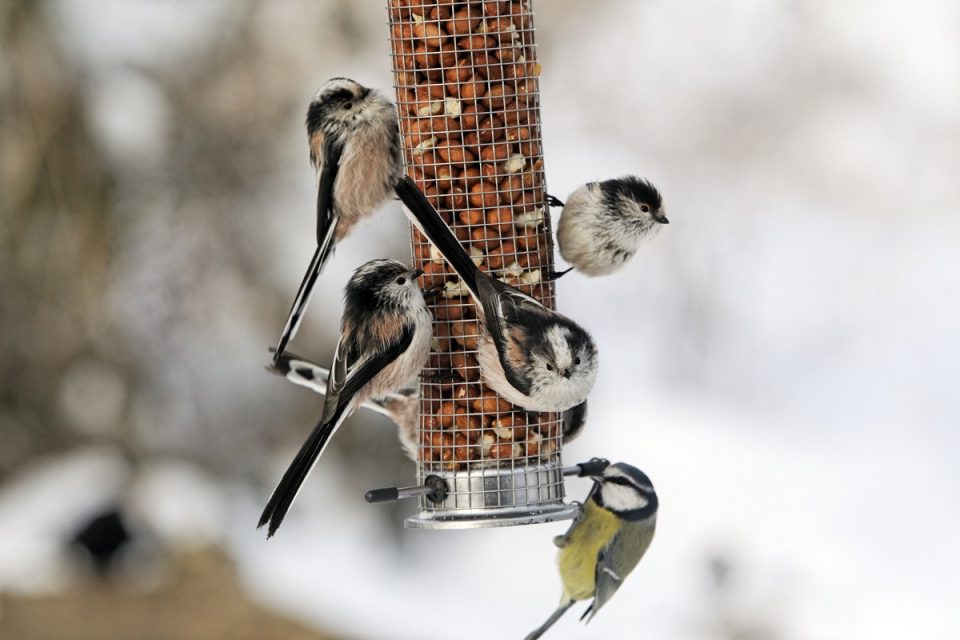
Door 22: Mystery bird uniting different museum groups
Following the example of Pia’s post about the gift of collaboration, I will introduce you to a side project I did with two colleagues from a different research group at today’s door. It started with a strange sighting from a friend: a bird that looked like a species […]

Genomics of the small stuff – getting it done
As mentioned in the first calendar door of our advents calendar this year, genomics of small animals is challenging. Yesterday, Nhu Dinh successfully finished her Master thesis but she also experienced some of the challenges related to the small animals and genomics. The problem is that some of […]
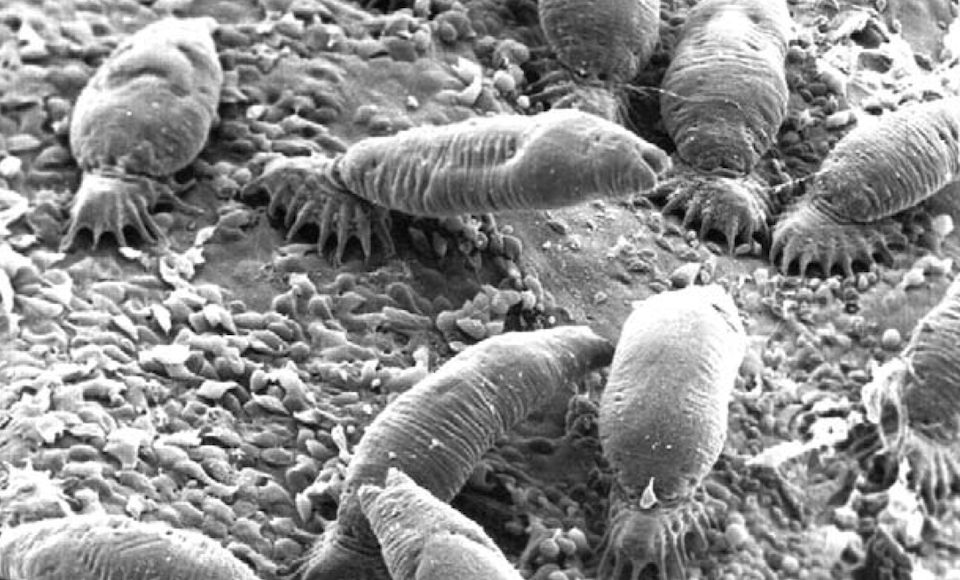
Door 21: The evolution of stress related genes in parasitic flatworms
It is always a pleasure if international scientific cooperations deliver exciting results. This was the case with my cooperation with colleagues at the University Hasselt, Belgium. The study was a key component of the PhD thesis of Armando J. Cruz‑Laufer who also coordinated the drafting of the scientific […]